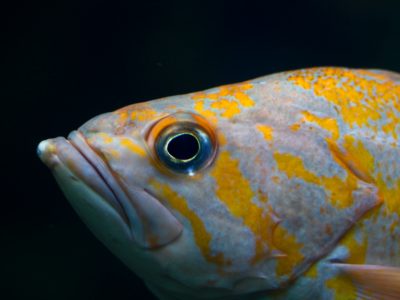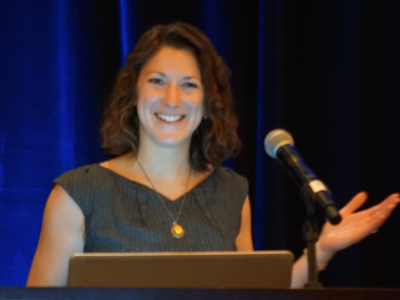JpGU-AGU Joint Meeting Session: Integrative impacts of climate change on living marine resources
Nereus Program Alumnus Rebecca Asch (Princeton University/East Carolina University), Fellow Colleen Petrik (Princeton University), Fellow Gabriel Reygondeau (University of British Columbia), and Fellow Maria de Oca (Duke University) will be…








